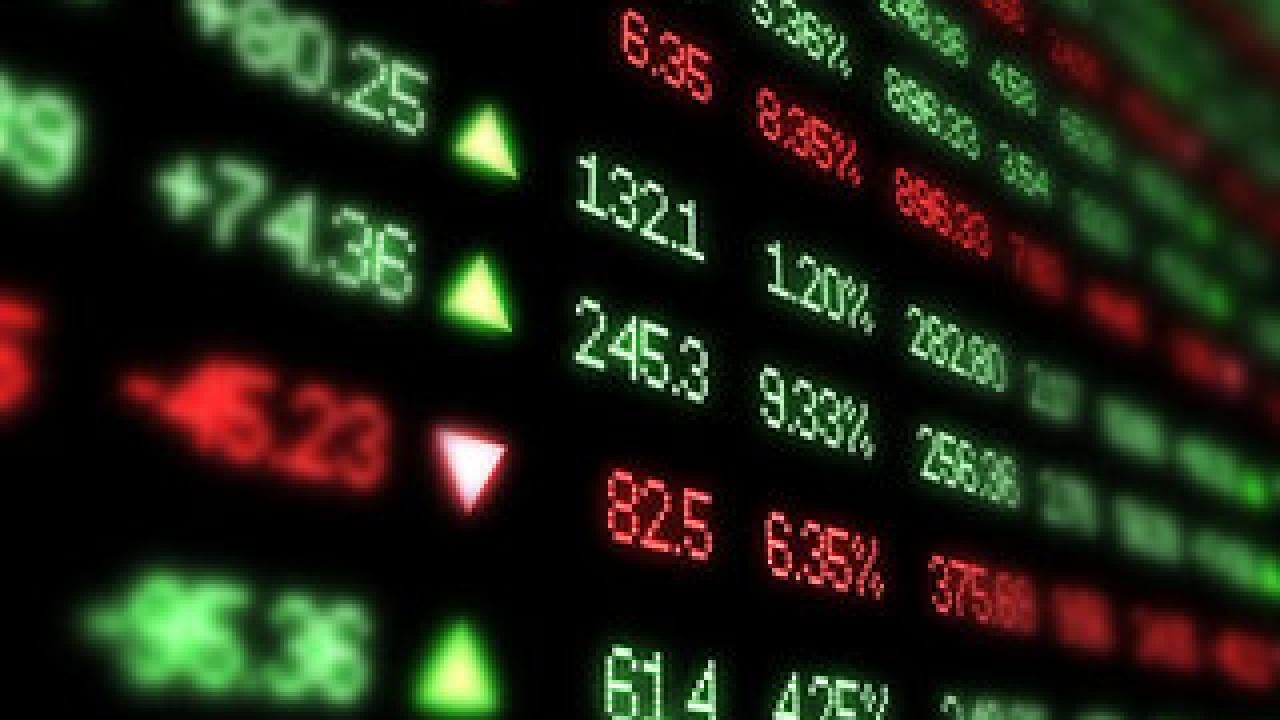Investors often rely on the commonly published “expense ratio” of mutual funds as a predictor of performance, but this measure ignores “invisible” costs that occur when funds trade portfolio securities, which have a larger effect on performance, according to a new University of California, Davis, study.
“Our results suggest that invisible trading costs have a detrimental effect on fund performance that is at least as material as that of the visible expense ratio,” said Roger Edelen, associate professor of finance at the UC Davis Graduate School of Management.
Edelen and his co-authors analyzed portfolio holdings and transaction data for nearly 1,800 equity funds from 1995-2006. Their findings are reported in “Shedding Light on ‘Invisible’ Costs: Trading Costs and Mutual Fund Performance,” which appears in the current issue of Financial Analysts Journal.
The expense ratio is regarded as one of the few reliable predictors of mutual fund return performance. The expense ratio represents the percentage of the fund's assets that go purely toward the expense of running the fund, including such costs as the investment advisory fee, administrative costs, distribution fees and other operating expenses. As low-cost index and exchange-traded funds grow in market share and popularity, investors increasingly rely on the expense ratio to make investment decisions.
However, in the funds the researchers analyzed, the average annual expenditures on trading costs, or aggregate trading costs, were 1.44 percent, while the average expense ratio was 1.19 percent. And there was considerably more variation in trading costs than expense ratios, researchers found.
“The more important question concerns how funds’ expenditure on trading costs relates to return performance,” Edelen said. “If funds are able to recover trading costs with superior returns, these expenditures might enhance overall performance. This, however, does not appear to be the case. We found a strong negative relation between aggregate trading cost and fund return performance.”
Because the direct estimates of trading costs used in the study are difficult to find and to quantify, the researchers developed what they call the “position-adjusted turnover” from publicly available numbers. This is done by multiplying a fund’s “turnover” by its relative position size. The fund’s turnover, a required and readily available disclosure of mutual funds, is calculated as the minimum of fund purchases and sales, over a particular period, divided by the average monthly fund total net assets during that same period.
A fund’s relative position size is equal to its average position size (total net assets divided by number of holdings) in relation to the average position size of all funds in the same investment category.
“Relative position size identifies funds that are big relative to the markets that they trade in, and thereby captures the price impact of the fund’s trades, which is the greatest component of a fund’s trading costs,” Edelen said.
The study was co-authored by Richard Evans, an assistant professor of business administration at the Darden School of Business, University of Virginia, Charlottesville; and Gregory Kadlec, the R.B. Pamplin professor of finance at Virginia Tech, Blacksburg.
The paper, with computational tables, is available online.
Media Resources
Karen Nikos-Rose, Research news (emphasis: arts, humanities and social sciences), 530-219-5472, kmnikos@ucdavis.edu
